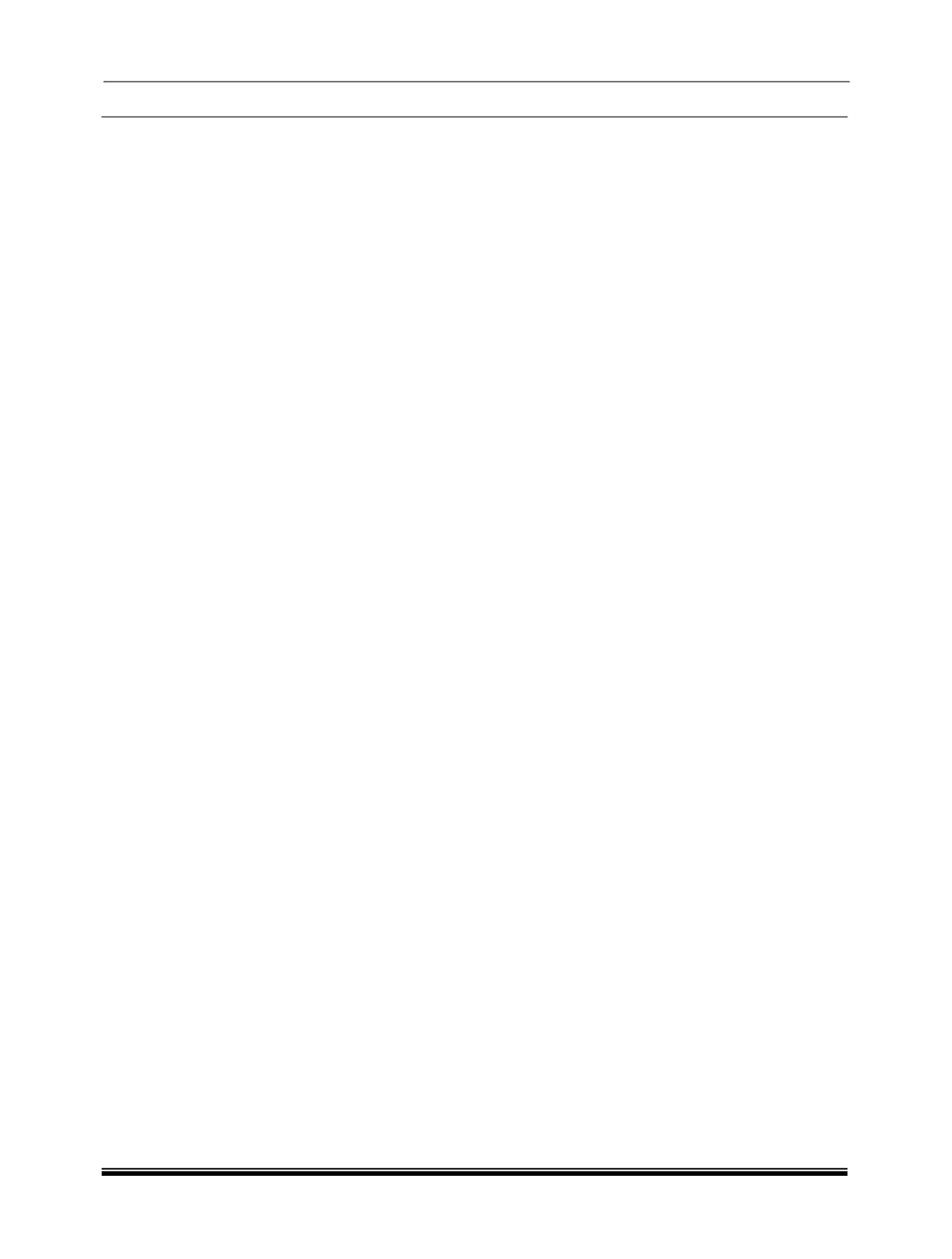

1.05L REVOTORQ ENGINE
14
engine and allow it to idle for a period to
establish full oil circulation and pressure before
operating at higher speeds.
Avoid long periods of engine idling. The
combination of low-pressures in the turbine
and compressor and low turbocharger shaft
rotation speed may lead to oil and blow-by gas
to seep past the seal into the turbine or the
compressor.
Maintenance Recommendations:
Turbochargers and boost pressure control
valves do not require any special maintenance.
However check the boost pressure pipe for its
proper fitment, damage, wither etc.
Specified engine oil and the oil filter should be
used and should be changed regularly in
accordance with the engine manufacturer's
recommendations.
Regular maintenance of air intake system i.e.
air filter elements cleaning / replacement in
accordance with the engine manufacturer's
instructions. Clogged air cleaner will restrict
the airflow at the turbocharger inlet. This may
lead to high exhaust smoke and will also result
in seepage of oil from turbocharger into the air
intake system.
Checks have to be made on oil feed pipes,
return pipes, air intake and exhaust piping for
leakages, restriction. The connections and
joints should be checked to ensure that they
are still tight and no damage has occurred.
Check the engine breather system and oil
separator. Blocked breather will restrict the
free flow of oil from Turbocharger. This will
result in seepage of oil from the Turbocharger
into the air intake as well as exhaust system.
When the engine / turbocharger is not in use,
close the piping openings on the turbocharger
proper protective plugs
Fill the oil inlet hole of the turbocharger with
clean engine oil, when the engine is started
after long storage. After the oil change, prime
(dead crank) the engine before starting and
before starting the engine during cold ambient
conditions.
Servicing turbocharger is a task for trained
specialists and should only be done in
authorized service centre.
Check for Turbocharger Complaints:
Visual and Mechanical Checks on the Vehicle
Inspect the turbocharger exterior and
installation.
Listen for unusual mechanical noise and watch
for vibration.
Listen for a high pitched noise. It can indicate
air or gas leaks.
Listen for noise level cycling. It can indicate a
restriction in the air cleaner or ducting.
Inspect for missing or loose nuts, bolts, clamps
and washers.
Inspect for loose or damaged intake and
exhaust manifolds and their ducting and
clamps.
Inspect for damaged or restricted oil supply
and drain lines.
Inspect for cracked or deteriorating
turbocharger housing.
Inspect for external oil or coolant leakage;
external dirt deposits (indicates air, oil, exhaust
or coolant leakage).
Inspect for any heat discoloration.
Inspect for any restricted air filter.
Check the waste gate for movement and
damage. Be sure that hoses are in good
condition and that the connections are tight
where applicable.
Check and ensure that the calibration and
control of fuel injection system is in
accordance with the original equipment
manufacturers specifications.
Verify the part number of the turbocharger;
make sure that the correct turbocharger
specification is used.
Correct any installation and other related
problems observed during the above check.
Take
corrective
actions
to
prevent
reoccurrence.
Refer
to
the
engine
manufacturer's service instructions for
inspection and replacement procedures.










